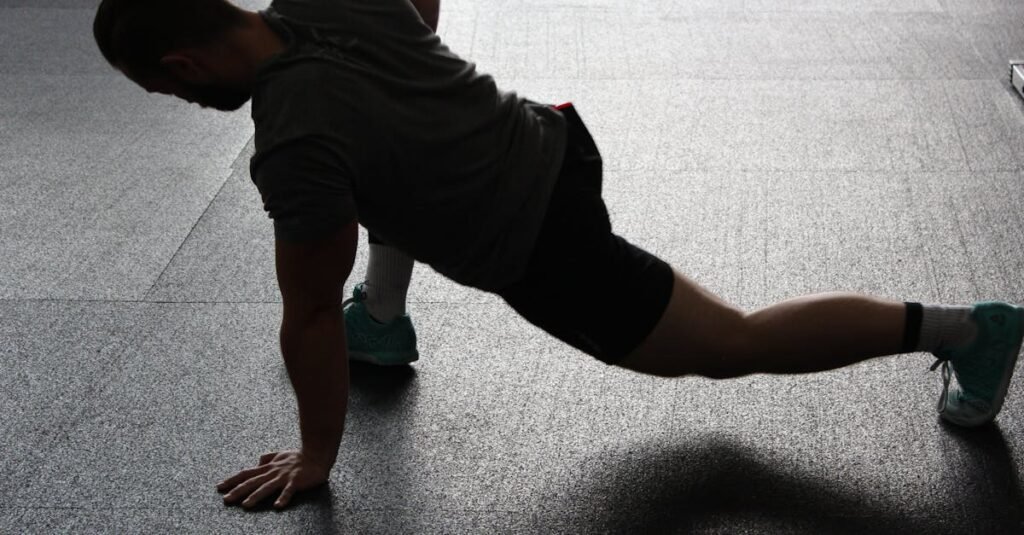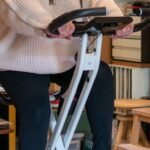Sit-ups are a classic exercise for strengthening the core, but as a beginner, it can be challenging to know where to start or how to keep your routine fresh and effective. This article explores ten essential sit-up variations that are perfect for beginners. These variations will not only help you build core strength but also keep your workouts engaging and enjoyable. Let’s dive into these fantastic exercises and discover how they can benefit your fitness journey.
| Exercise | Description |
|---|---|
| Traditional Sit-Up | A basic movement that targets the abdominal muscles. |
| Crunches | A modified sit-up focusing on the upper abs. |
| Reverse Crunch | Targets the lower abs by lifting the hips off the ground. |
| Plank | A core stabilization exercise that engages multiple muscle groups. |
| Side Plank | Focuses on the obliques and enhances core stability. |
| Butterfly Sit-Up | A variation that opens up the hips while working the abs. |
| Medicine Ball Sit-Up | Incorporates a medicine ball for added resistance and challenge. |
| V-Up | A dynamic movement that engages the entire core. |
| Toe Touches | Targets the upper and lower abs, improving flexibility. |
| Hollow Body Hold | A static hold that strengthens the core and improves endurance. |
Traditional Sit-Up
The traditional sit-up is a fundamental exercise that targets the abdominal muscles effectively. To perform a sit-up, lie on your back with your knees bent and feet flat on the floor. Place your hands behind your head or cross them over your chest. Engage your core and lift your upper body towards your knees, then slowly lower back down. Start with 2-3 sets of 10-15 repetitions to build strength.

Crunches
Crunches are a great alternative to sit-ups that focus primarily on the upper abdominal muscles. To execute a crunch, lie on your back with your knees bent and feet flat. Place your hands lightly behind your head. Instead of lifting your entire torso, curl your shoulders towards your pelvis, engaging your abs. This movement is easier on the back and perfect for beginners, with 2-3 sets of 10-15 reps recommended.

Reverse Crunch
The reverse crunch specifically targets the lower abdominal muscles. To perform this exercise, lie on your back and raise your legs so that your knees are bent at a 90-degree angle. Place your hands at your sides for support. Use your core to lift your hips off the ground and towards your chest, then lower them back down slowly. This variation is excellent for building lower abs strength.

Plank
The plank is a full-body exercise that strengthens the core, shoulders, and back. To do a plank, start in a push-up position, resting on your forearms instead of your hands. Keep your body in a straight line from head to heels. Hold this position for 20-30 seconds, gradually increasing the time as your core strengthens. This is a fantastic way to improve stability and endurance.

Side Plank
The side plank enhances core stability and targets the obliques. Lie on your side with your legs straight and stacked on top of each other. Prop yourself up on your elbow, lifting your hips off the ground to create a straight line from head to feet. Hold for 15-30 seconds on each side. This exercise not only strengthens the core but also improves balance.

Butterfly Sit-Up
The butterfly sit-up is a variation that opens up the hips while engaging the abs. Sit on the floor, bringing the soles of your feet together and letting your knees fall out to the sides. Lie back, then curl your torso up towards your feet. This exercise increases flexibility in the hips and enhances the sit-up’s effectiveness.

Medicine Ball Sit-Up
Incorporating a medicine ball into your sit-up routine adds resistance, making the exercise more challenging. Hold the medicine ball at your chest as you perform a traditional sit-up. This variation helps build strength in your core and improves overall fitness. Start with a lighter ball and increase weight as you progress.

V-Up
The V-Up is a dynamic movement that engages the entire core. Lie flat on your back with your arms extended above your head and legs straight. Simultaneously lift your arms and legs off the ground, forming a “V” shape with your body. This exercise is great for building core strength and improving coordination.

Toe Touches
Toe touches are an effective way to target both the upper and lower abs while improving flexibility. Lie on your back with your legs extended towards the ceiling. Reach your hands towards your toes, lifting your shoulders off the ground. This exercise engages the core and helps develop flexibility in the hamstrings.

Hollow Body Hold
The hollow body hold is a static exercise that strengthens the core and improves endurance. Lie on your back and lift your legs and shoulders off the ground while keeping your lower back pressed into the floor. Hold this position for as long as you can, focusing on engaging your core. This exercise is excellent for building core stability.

FAQ
What are the benefits of sit-ups for beginners?
Sit-ups help strengthen the abdominal muscles, improve posture, and enhance overall core stability. They are also a great way to build a foundation for more advanced exercises.
How often should beginners do sit-ups?
Beginners can start with 2-3 times a week, allowing rest days in between to let the muscles recover. As strength increases, the frequency and intensity can be adjusted.
Can sit-ups help with weight loss?
While sit-ups can strengthen the core, they are not the most effective exercise for weight loss. A combination of cardiovascular exercise, strength training, and a healthy diet is essential for weight loss.
Are sit-ups safe for everyone?
Most people can safely perform sit-ups, but those with back or neck issues should consult a healthcare professional before starting any new exercise regimen.
References:
– [American Council on Exercise](https://www.acefitness.org/)
– [National Institutes of Health](https://www.nih.gov/)
– [Centers for Disease Control and Prevention](https://www.cdc.gov/)



